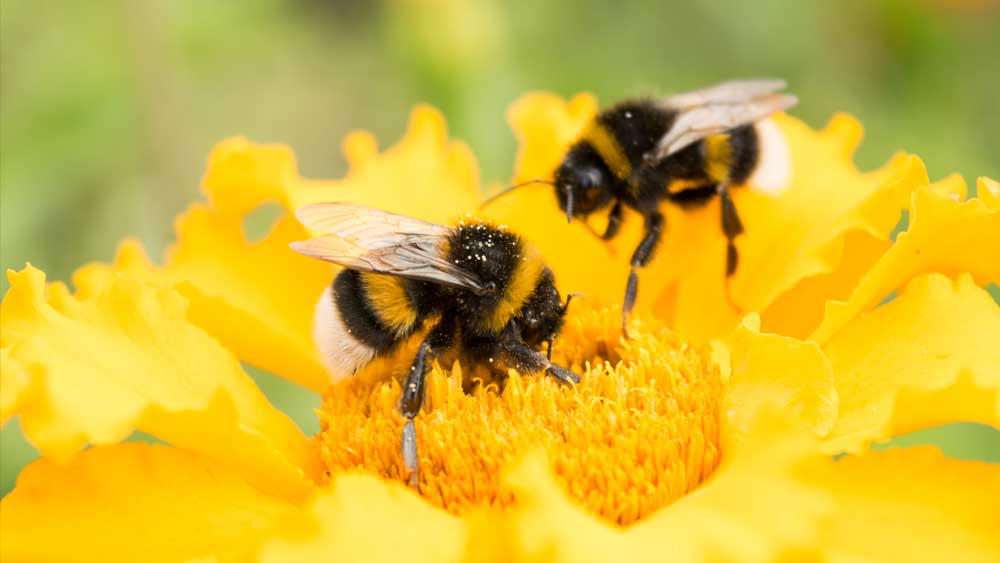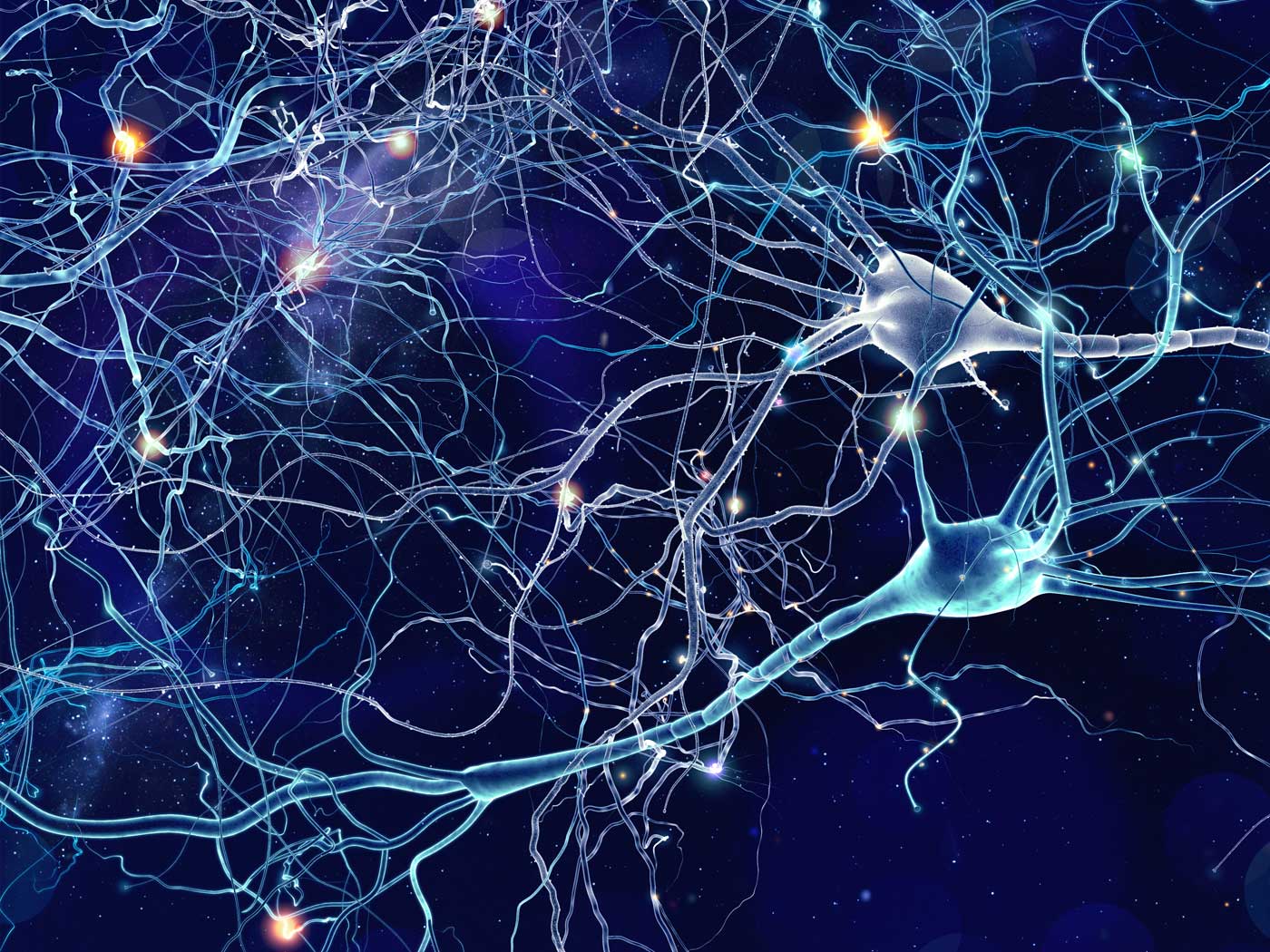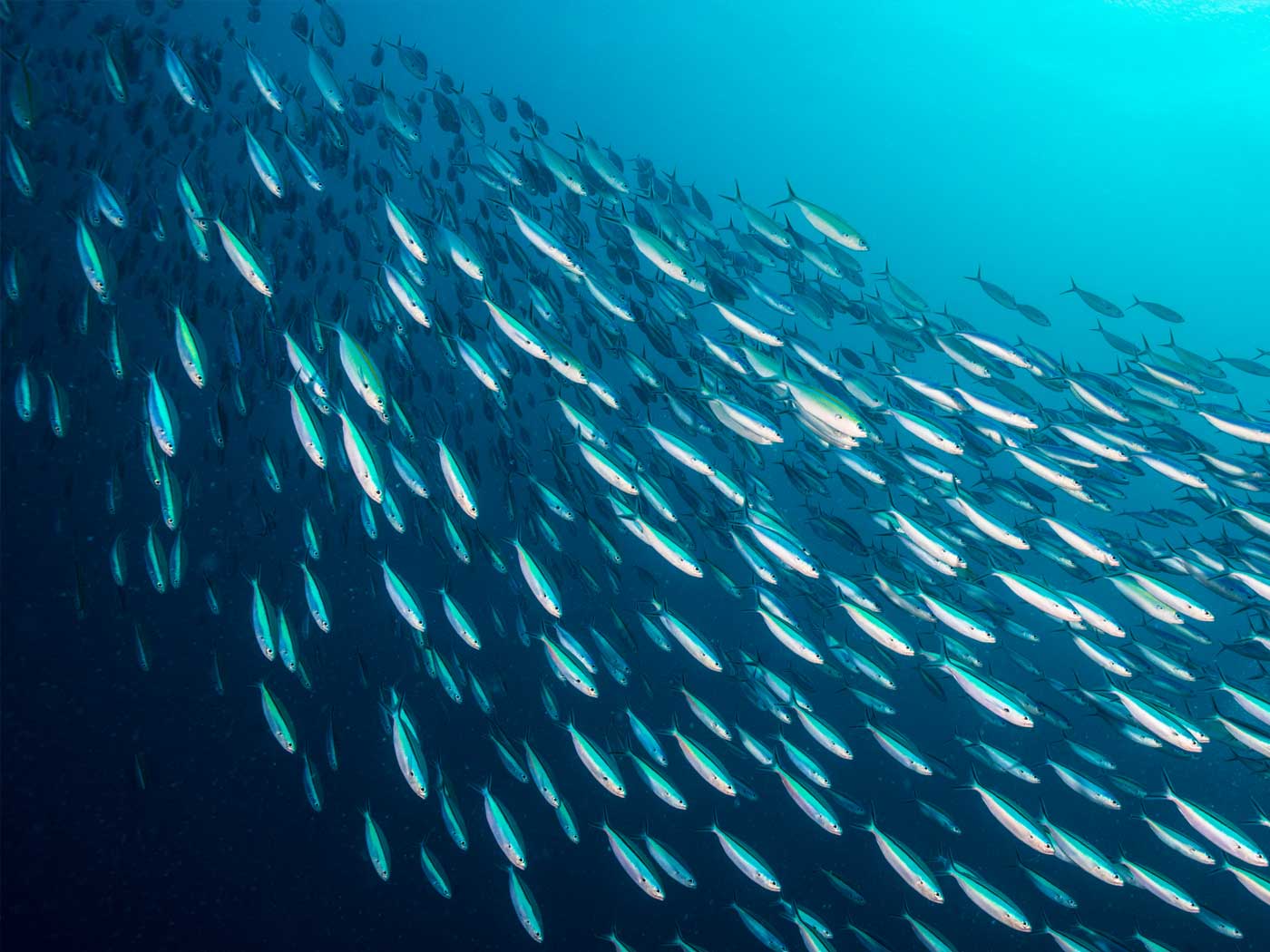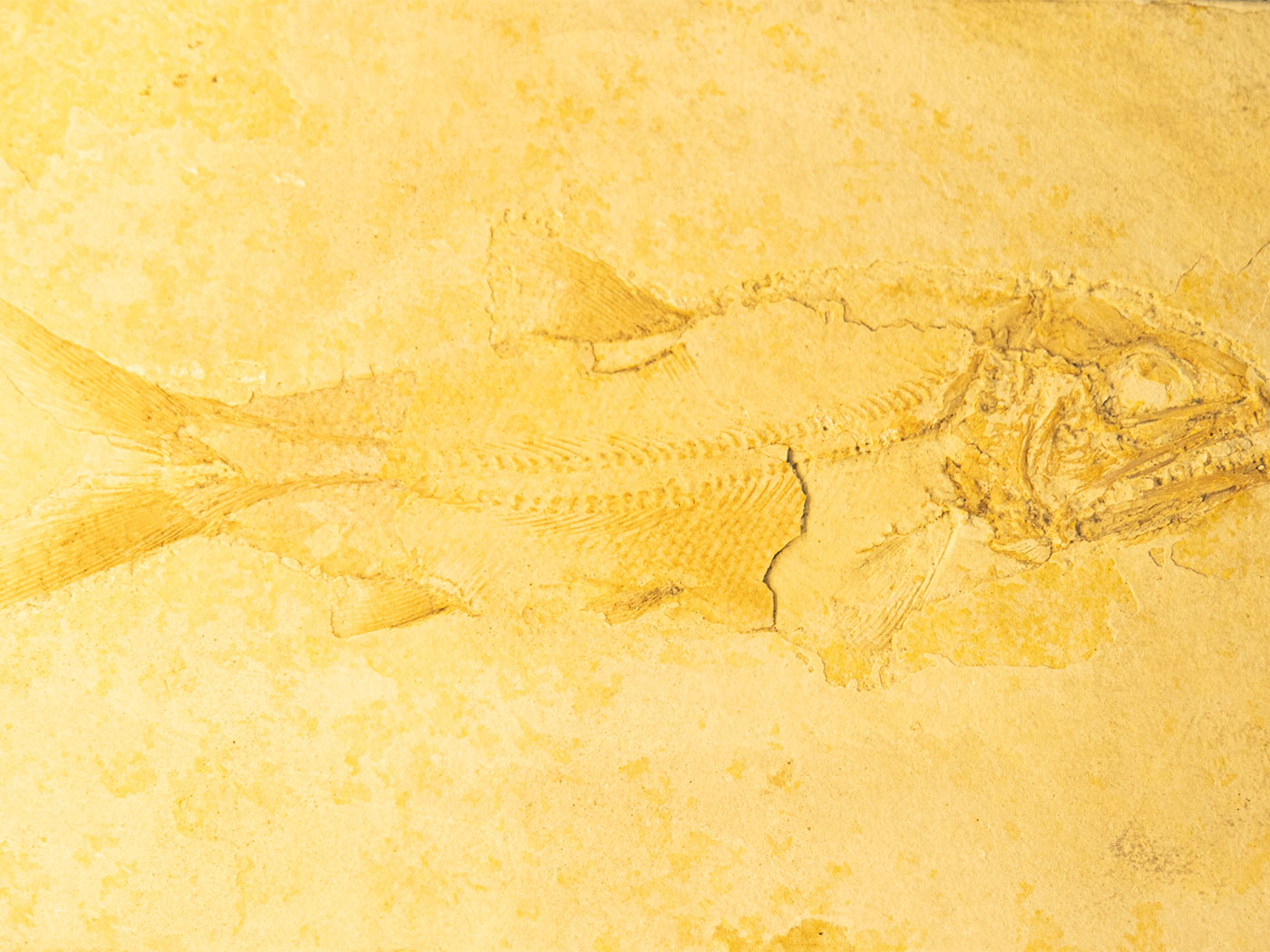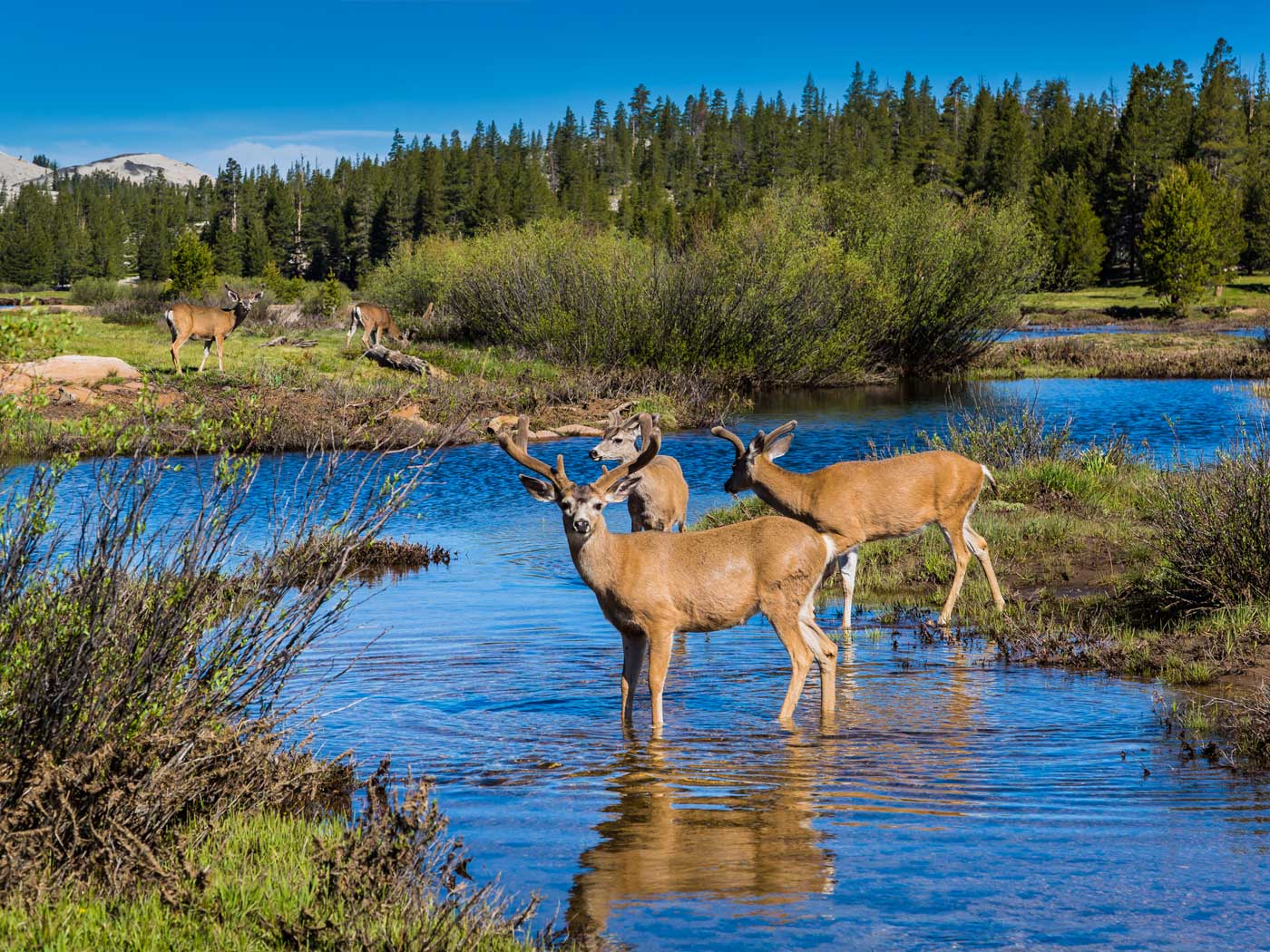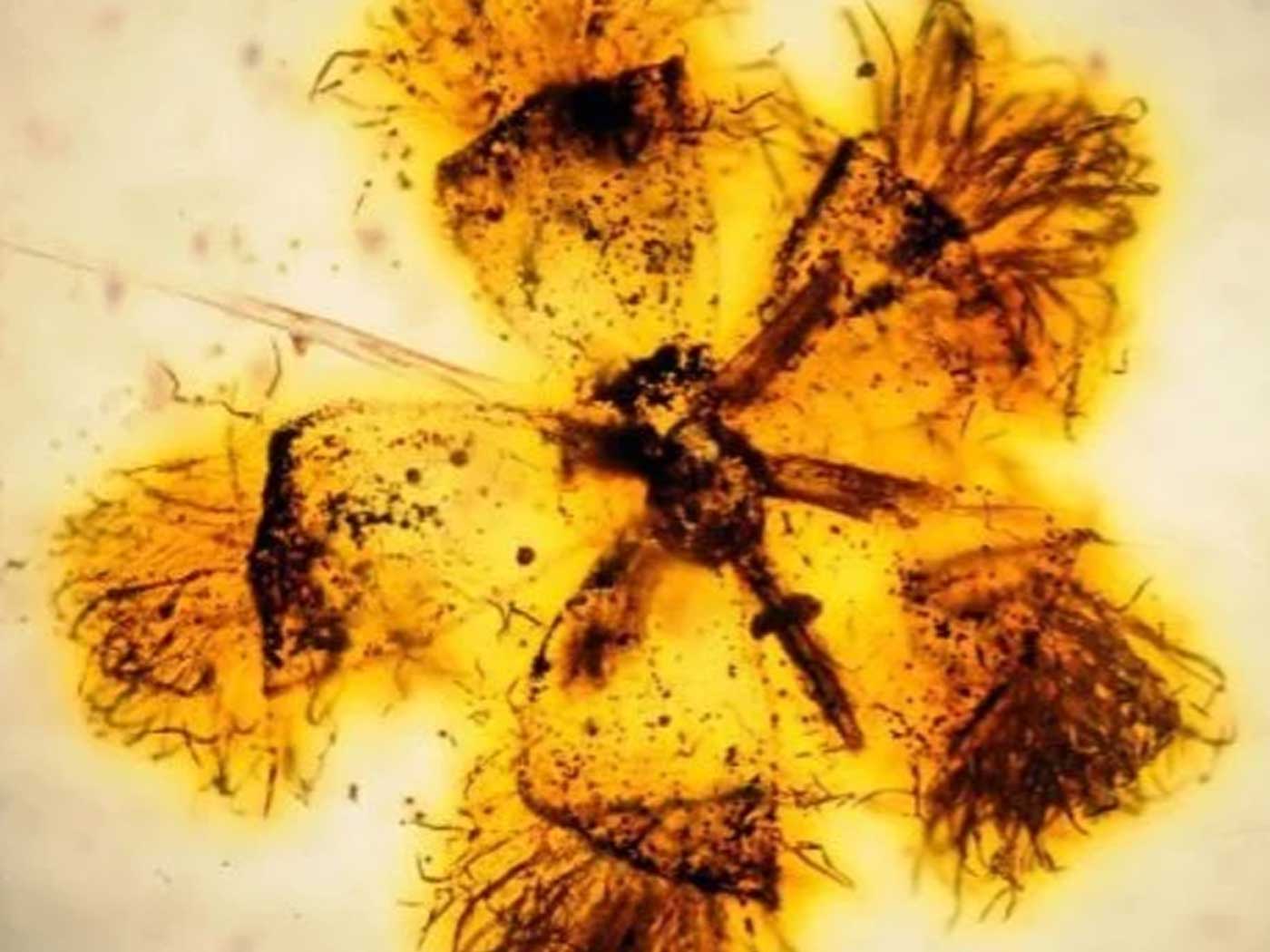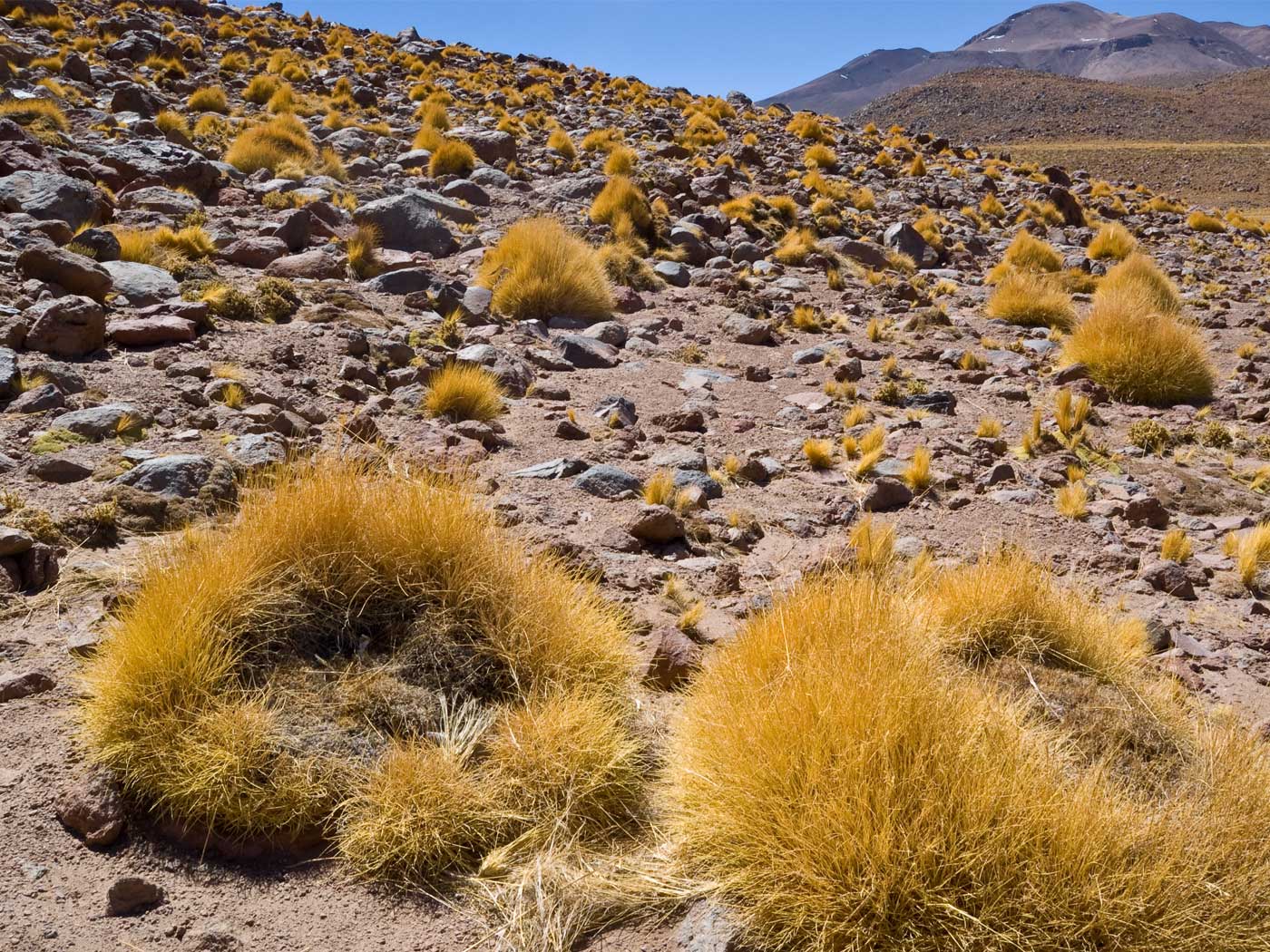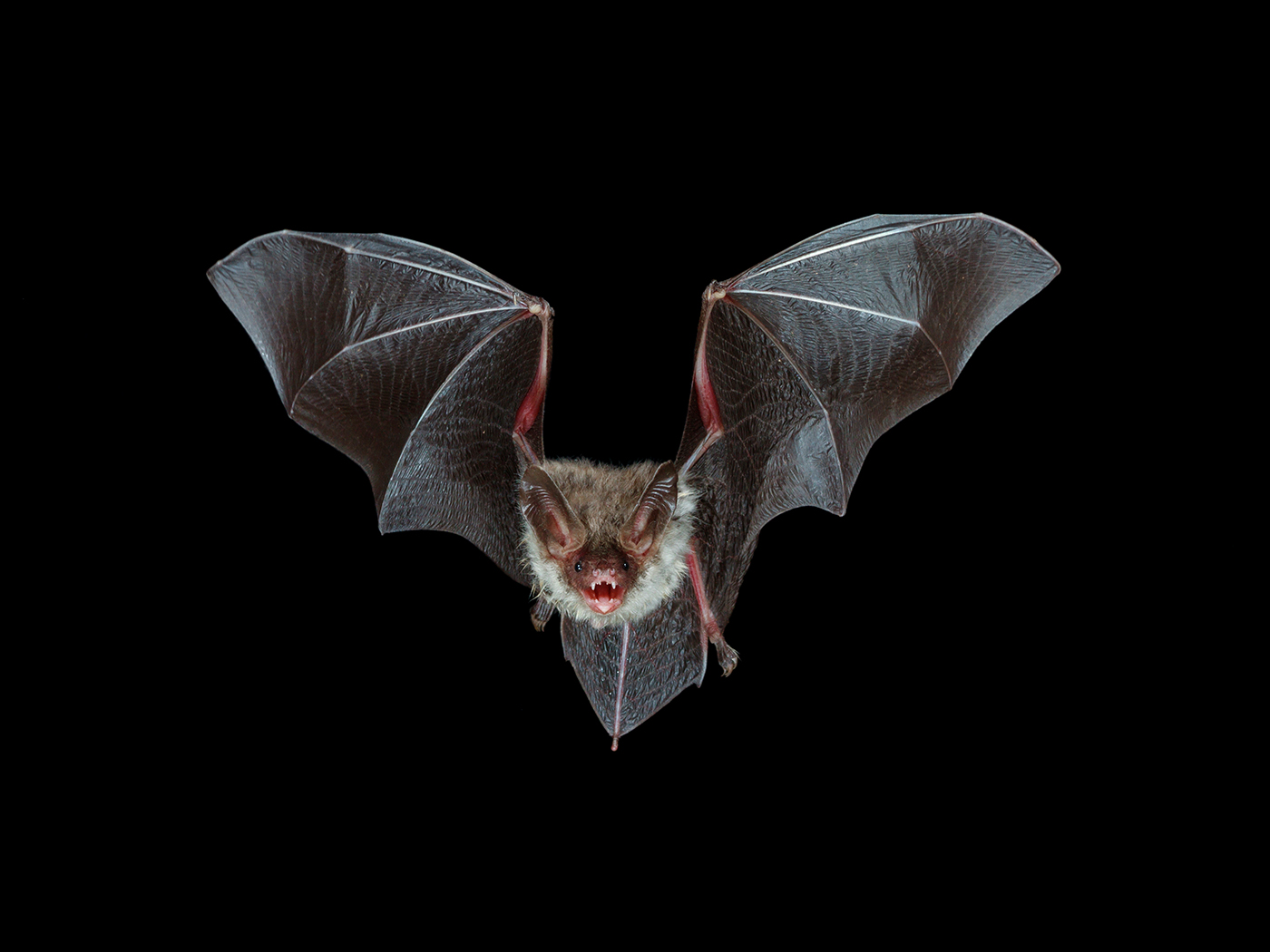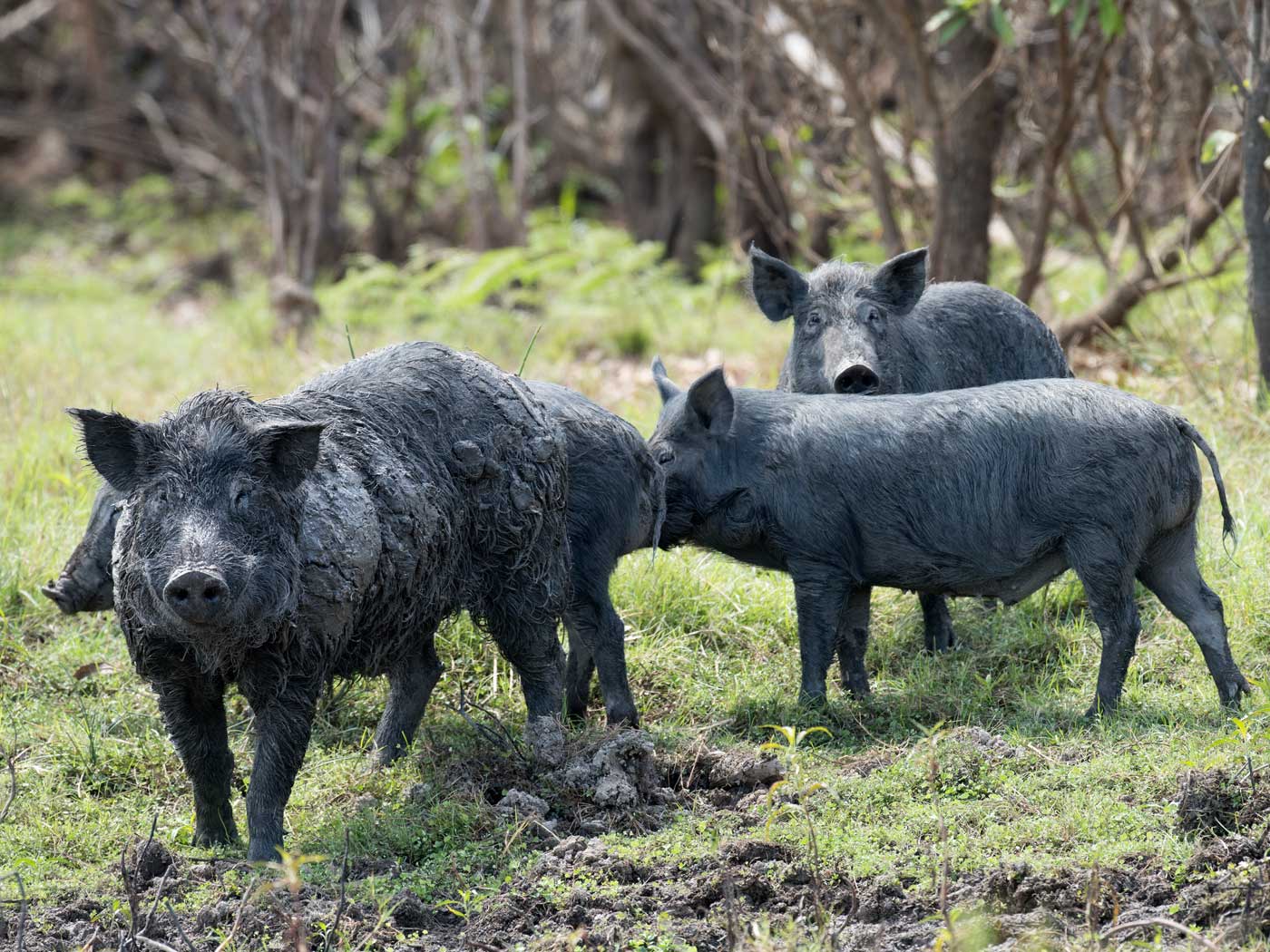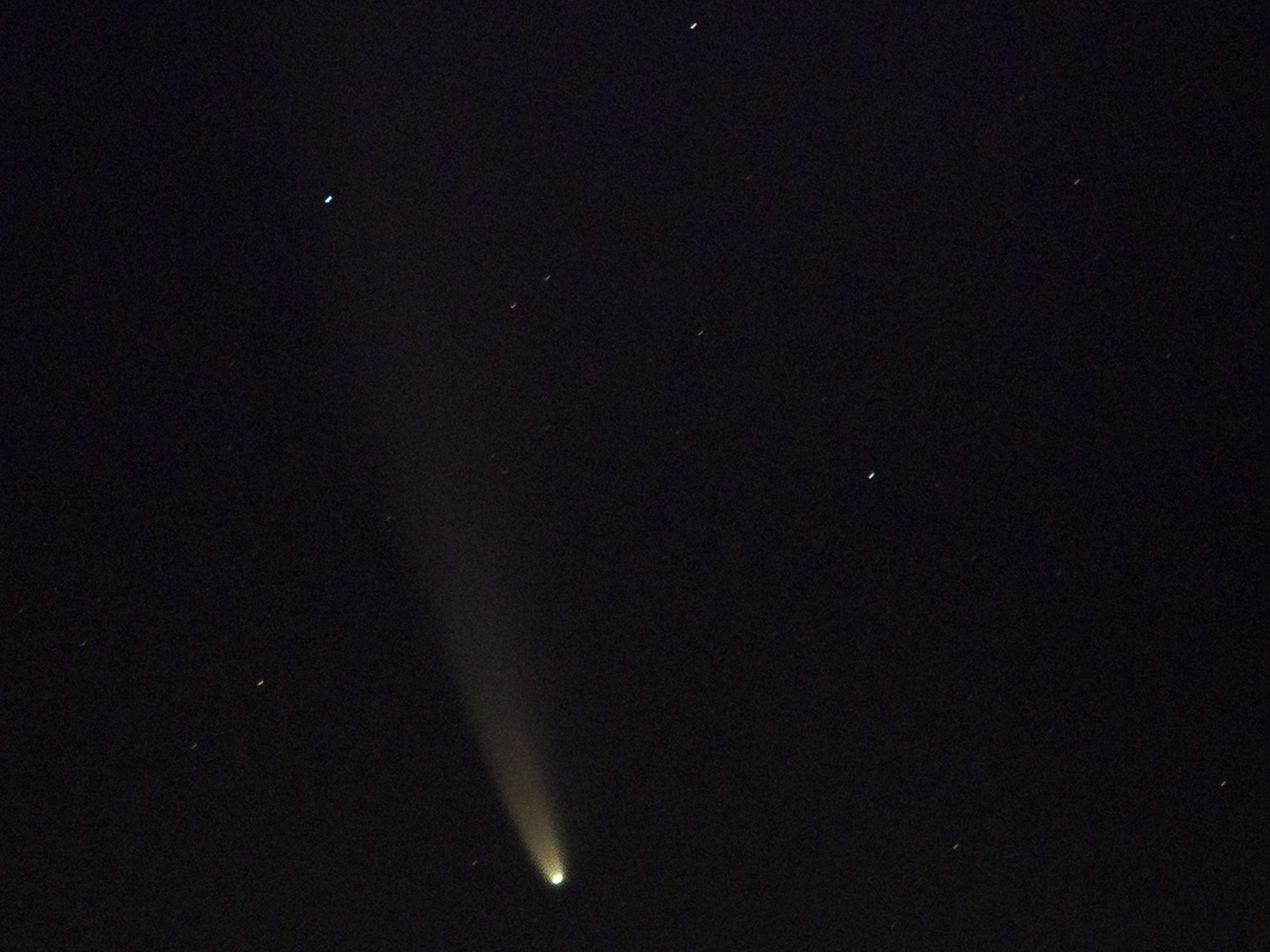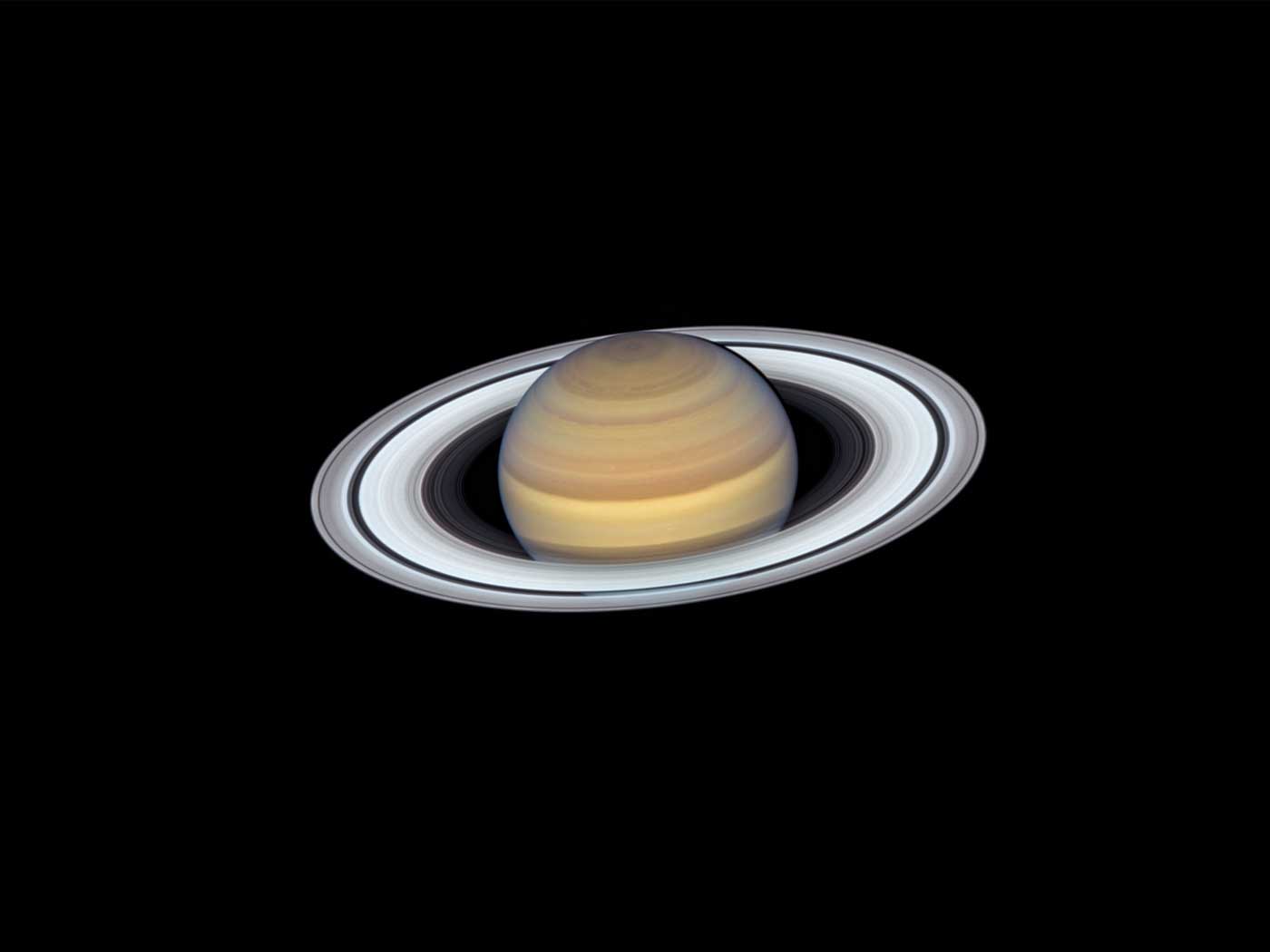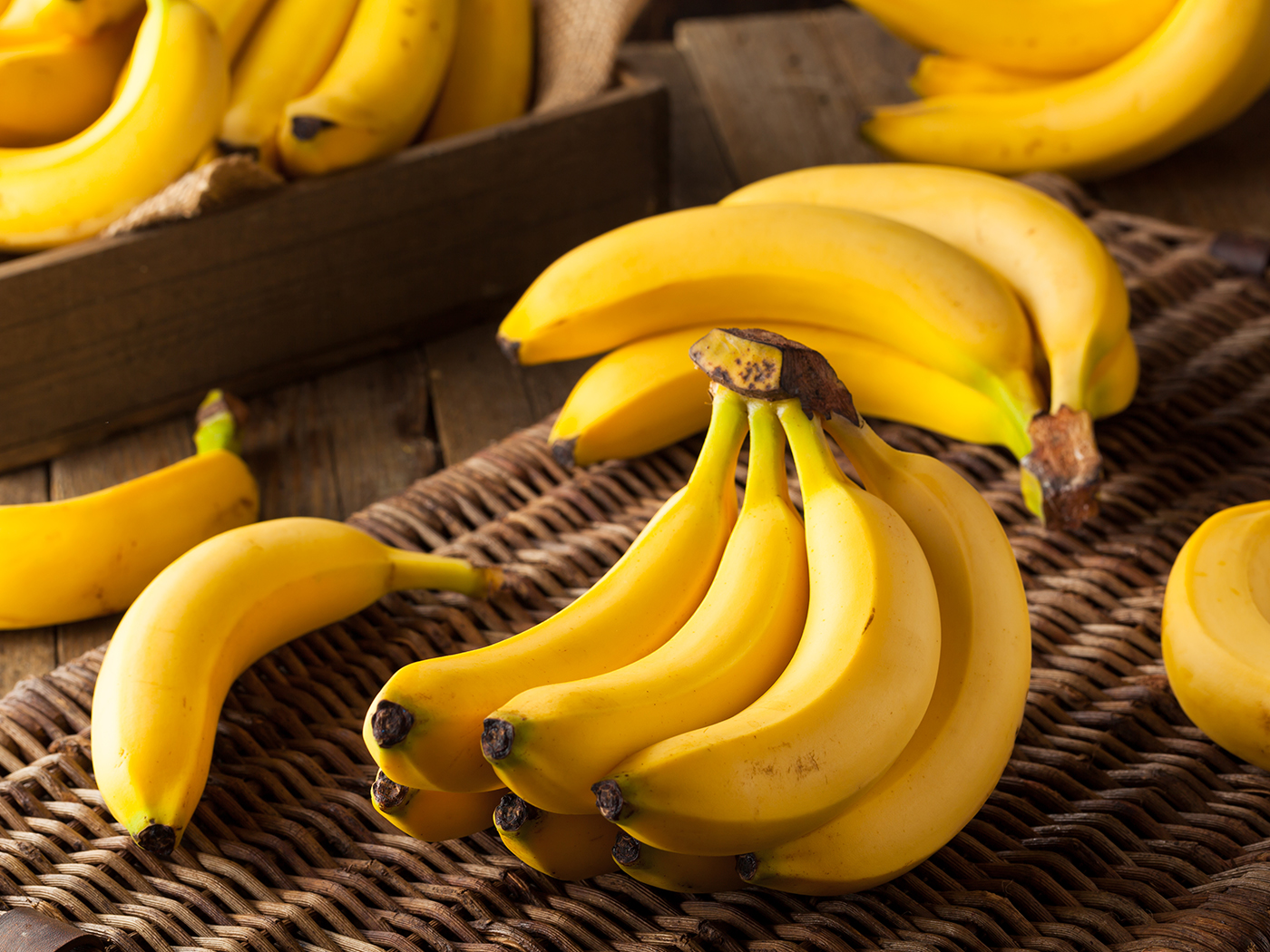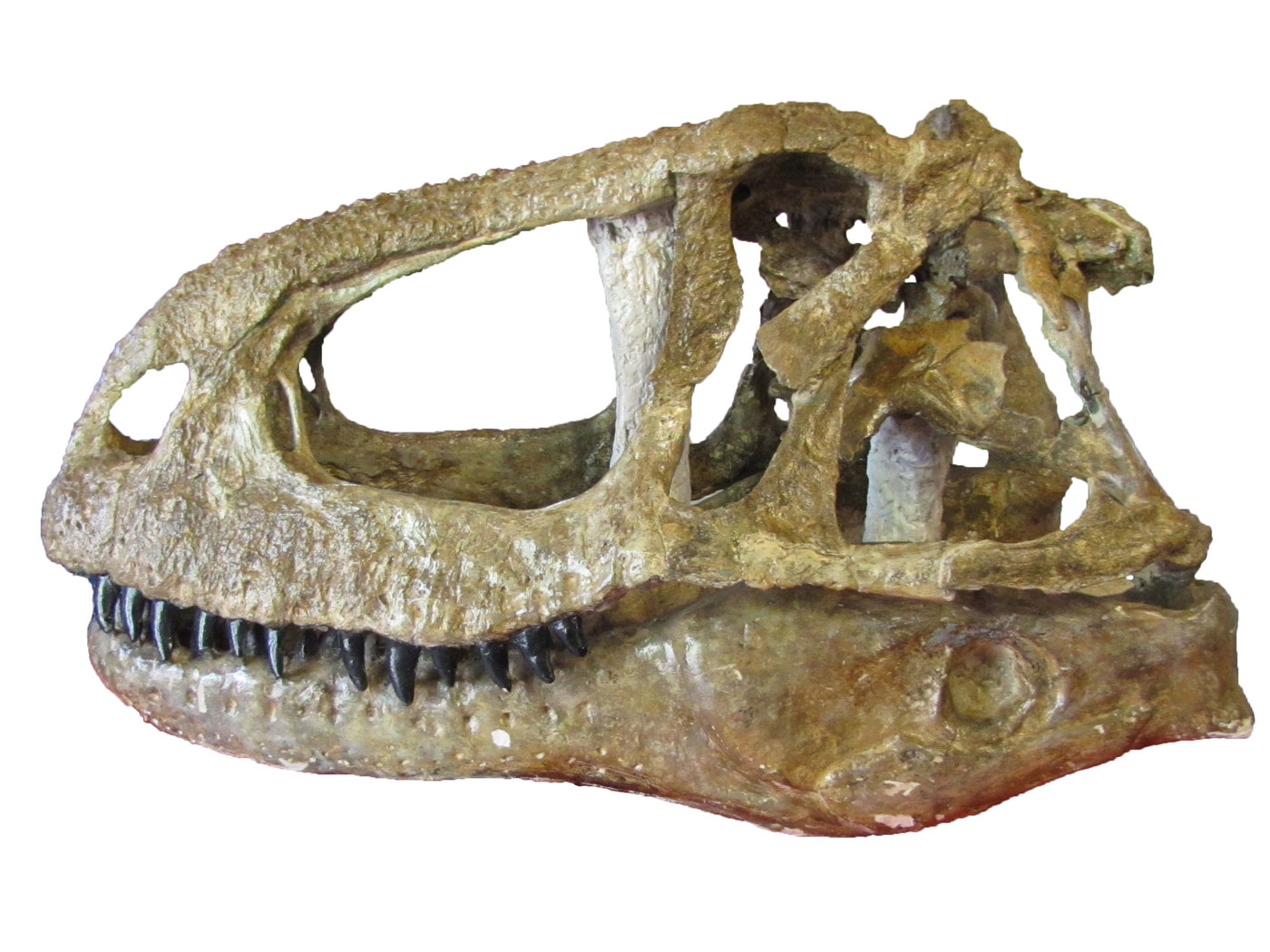Bees have been delighting creationists for generations.1,5-7 These intelligent creatures can distinguish different humans from each other, as individuals, retaining memory of who is whom.1,5 Bees have remarkable math skills and communication abilities, including their use of “waggle dance” to inform other bees about where to find food.2,5,6
Now, the latest research on bee behavior is showing how bumblebees accelerate the developmental process of flowering plants when pollen-hungry bees are not satisfied with the ripeness of the plant’s blossoming.
When deprived of pollen, bumblebees will nibble on the leaves of flowerless plants. The damage done seems to fool the plant into flowering, sometimes up to 30 days earlier than normal.3
The Swiss researchers summarized their findings in the journal Science, noting how the bees were successful in hurrying the plants’ pollen production, which benefited the bumblebees.6
Subsequent outdoor experiments showed that the intensity of damage inflicted varies with local flower availability; furthermore, workers from wild colonies of two additional bumble bee species were also observed to damage plant leaves. These findings elucidate a feature of bumble bee worker behavior that can influence the local availability of floral resources.4
Naturally, the scientists attempted to replicate the bees’ flowering-acceleration trick. Surely brilliant scientists could mimic the bees’ behavior, and get similar results. If bees can do it, can’t humans? Unfortunately, the scientists “have struggled to replicate the bees’ trick in the laboratory.”3
When the researchers tried to emulate the damage done to the plants by the bumblebees they weren't able to achieve the same results. The bee-damaged plants flowered 30 days earlier than undamaged plants and 25 days earlier than ones damaged by the scientists. The research team believes there may be something else going on here apart from nibbles.3
The scientists speculated that the bees are providing some kind of cue to the plants that is “specific to the bee…[perhaps] secretions that we don’t know about.”3 Further investigation is required to fully understand this process.
The researchers say the damage has a particular pattern that the scientists have learned to recognize… "You see these semi-circular sort of incisions, often in the leaf," said Dr Mescher. "One of the students was saying that they were eating a salad the other day, and they saw that kind of damage on the leaf that was probably from a bumblebee." The researchers say that when pollen is available the bees don't damage plants. They've also found this behaviour is in wild bees.3
The providential programming of these honey-loving, hive-building, precision-flying, and flower-accelerating insects should prompt observers to admire and appreciate the glorious God who gave these winged wonders their marvelous hardware-and-software systems, that accomplish these interactive activities.5-9
However, although properly amazed at what bees are doing, evolutionists lamentably assign the credit for the bees’ abilities to nature—to the creation itself, rather than unto the Creator. Professor de Moraes said, “It absolutely increases our sense of wonder at the cleverness of nature in all its many forms.”3
However, to Bible-believing creationists, it makes good sense that bees can do such astounding feats—because creation scientists recognize that the infinitely clever and almighty Creator-God providentially programmed these little buzzing bumblebees, to have internal intelligence to do what they busily do.7,10
References
1. Sherwin, F. Bee Brains Aren’t Pea Brains. Creation Science Update. Posted on ICR.org July 11, 2019, accessed May 27, 2020. See also Ropes, M. 2000. Mary Jones and her Bible. Tain, Scotland: Christian Focus Publications, 134-137. Bees specifically recognized Mary Jones as harmless and never stung her. Compare how bees and/or hornets often chase and sting others (Deuteronomy 1:44 & 7:20; Psalm 118:12; Exodus 23:28; Joshua 24:12).
2. Sherwin, F. 2018. Bees Are Actually Really, Really Smart. Creation Science Update. Posted on ICR.org July 19, 2018, accessed May 27, 2020.
3. Staff Writer. Nature: Bumblebees' 'Clever Trick' Fools Plants into Flowering. BBC News. Posted on bbc.com May 21, 2020, accessed May 27, 2020.
4. Pashalidou, F. G., H. Lambert, et al. 2020. Bumble bees damage plant leaves and accelerate flower production when pollen is scarce. Science. 368(6493): 881-884.
5. Sherwin, F. 2006. Un-bee-lievable Vision. Acts & Facts. 35(2). See also Johnson, J. J. S. 2019. Bees Need to Know! Nordic Legacy Series. Fort Worth, TX: Norwegian Society of Texas.
6. Tomkins, J. 2019. Complex Creature Engineering Requires a Creator. Acts & Facts. 48(8). See also Collison, C. A Closer Look: Waggle Dances. Bee Culture. Posted on BeeCulture.com April 23, 2018, accessed May 27, 2020. The classic movie on bees’ “waggle dancing” communication is Dr. Irwin Moon’s City of the Bees. (See Moon, I. 2004. City of the Bees. Chicago, IL: Moody Publishers.) It was this same Dr. Irwin Moon who providentially inspired ICR’s founder, Dr. Henry Morris, to harness science for teaching God’s truth. “Dr. Irwin Moon brought his ‘Sermons from Science’ lectures to the El Paso Auditorium in 1941. He gave a lecture on the significance of the great Flood … H. M. [the future Dr. Henry M. Morris] had never heard anything like this before, and it stimulated an interest that remained with him for the rest of his life. Dr. Moon’s messages generated a confidence in the absolute authority and scientific accuracy of the Bible—a conviction he had not known before.” Quoting Rebecca Morris Barber’s biography of her father (Barber, R. 2017. Henry M. Morris, Father of Modern Creationism. Dallas, TX: Institute for Creation Research, 76).
7. Tomkins, J. Honey Bee Orphan Genes Sting Evolution. Creation Science Update. Posted on ICR.org February 19, 2015, accessed May 27, 2020.
8. Thomas, B. 2010. Bee Landing Strategy May Lead to Better Aircraft. Creation Science Update. Posted on ICR.org January 12, 2010, accessed May 27, 2020.
9. Thomas, B. Bees Solve Math Problems Faster than Computers. Creation Science Update. Posted on ICR.org November 2, 2010, accessed May 27, 2020.
10. Johnson, J. J. S. 2017. Clever Creatures: ‘Wise from Receiving Wisdom’. Acts & Facts. 46(3):21.
*Dr. Johnson is Associate Professor of Apologetics and Chief Academic Officer at the Institute for Creation Research.




